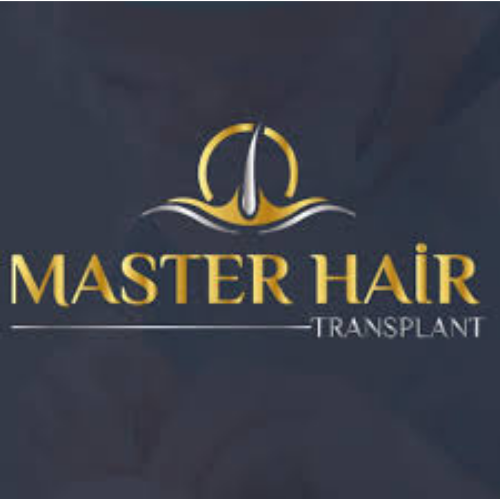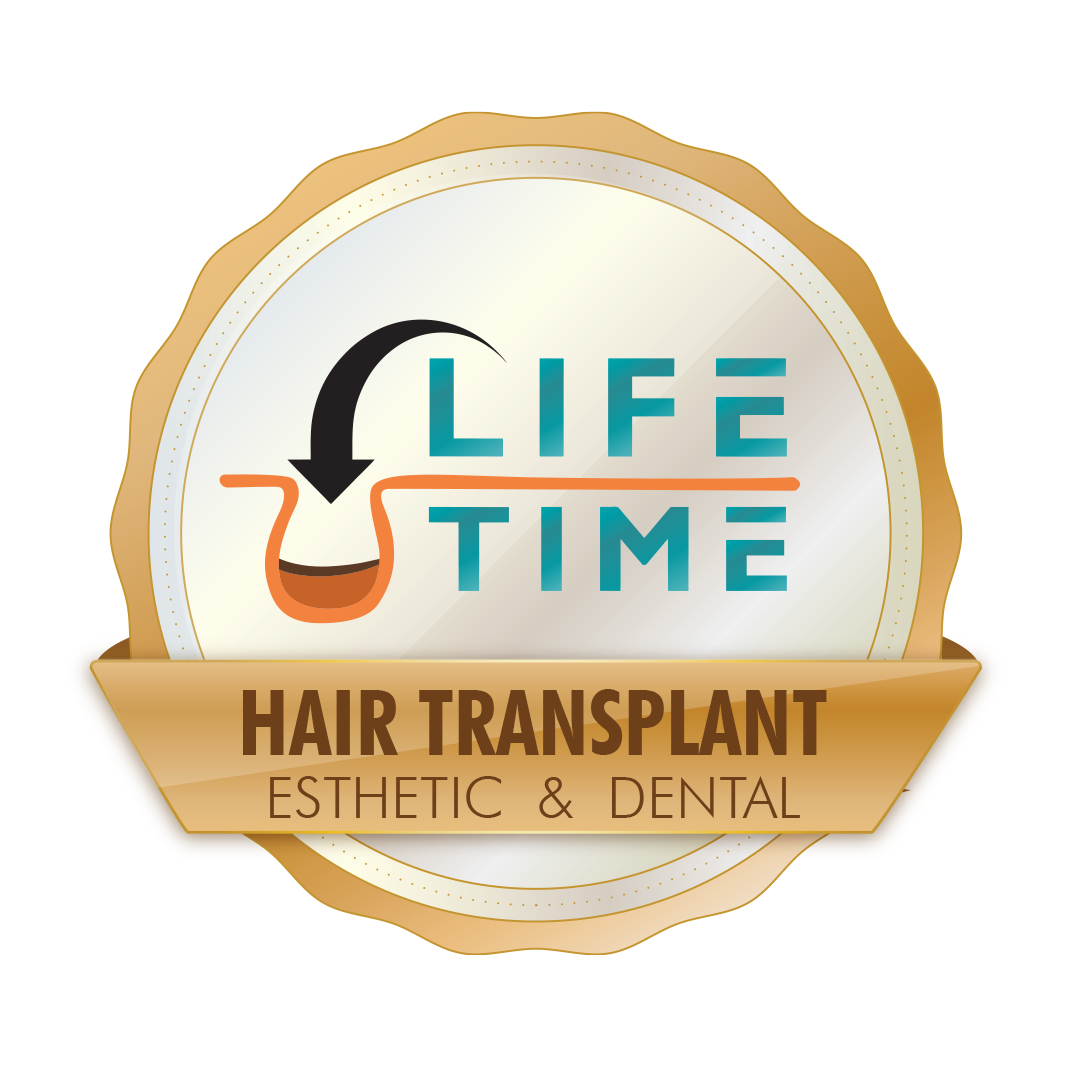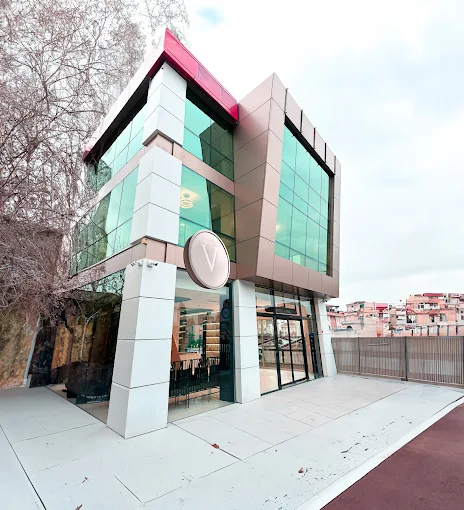PRP (Platelet-Rich Plasma)
What Is PRP Therapy?
Platelet-Rich Plasma (PRP) therapy is a non-surgical hair restoration treatment that involves using the patient's own blood to stimulate hair growth and improve follicle health. It's often used as a standalone treatment for early-stage hair loss or as a supportive therapy after hair transplantation to enhance recovery and boost results.
PRP is popular because it’s natural, minimally invasive, and rich in growth factors that help revive dormant or weakened hair follicles.
How It Works
- A small amount of your blood is drawn, usually from your arm
- The blood is placed in a centrifuge to separate the plasma from red blood cells
- The resulting plasma—concentrated with platelets and growth factors—is injected into thinning areas of the scalp
- These growth factors help increase blood flow, reduce inflammation, and stimulate the hair growth cycle
PRP sessions typically take 30–60 minutes and may be repeated monthly or quarterly, depending on the treatment plan.
Who It’s For
- People experiencing early-stage androgenetic alopecia (hereditary thinning)
- Men and women with diffuse hair loss or reduced hair density
- Patients seeking non-surgical solutions to boost scalp health
- Individuals recovering from a hair transplant who want faster healing and stronger regrowth
Benefits
- Uses your own blood — no risk of rejection or allergic reaction
- Can increase hair density, thickness, and texture
- May delay or slow hair loss progression
- Often combined with transplants or other therapies (like LLLT or mesotherapy)
- No downtime — return to normal activities the same day
Limitations & Risks
- Not effective for completely bald areas or advanced hair loss
- Results vary — multiple sessions are usually needed
- Mild swelling, redness, or tenderness at injection sites is possible
- Long-term maintenance may be required to sustain results
Questions to Ask Your Clinic
- How many PRP sessions will I need for visible results?
- Do you use single-spin or double-spin centrifuge technology?
- Is PRP included in post-transplant care, or offered as a separate treatment?
Disclaimer
This article is for informational purposes only and does not constitute medical advice. Always consult with a qualified professional before undergoing any medical procedure.
Establishments that offer this service:







.png)


.png)

.png)
